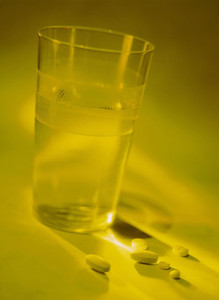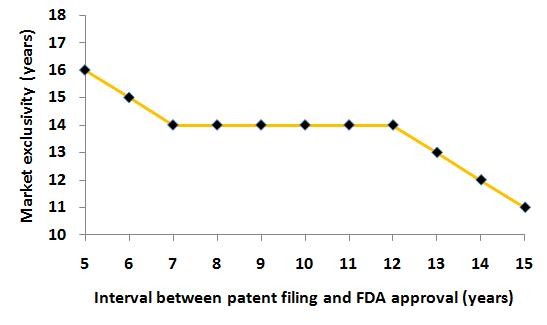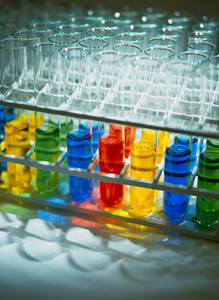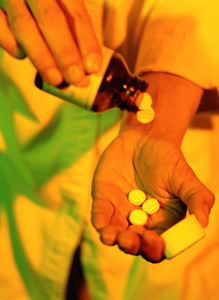An understanding of the relationship between the date of patent filing and the marketing approval date on the expected duration of marketing exclusivity is critical for originator companies to maximise this period of exclusivity in order to recuperate their research and development costs before the advent of generic competition. Recent research has modelled the available duration of US market exclusivity for originator drugs at various times after the initial patent filing [1].
- Home
-
Generics
News
- FDA approves generic teriparatide and levetiracetam
- US generics launch and approval for Dr Reddy’s and Lupin
- Five Chinese companies join UN’s MPP for Covid-19 medicines
- South Korean companies to make generic Bridion and COVID-19 drugs
Research
- Japan’s drug shortage crisis: challenges and policy solutions
- Saudi FDA drug approvals and GMP inspections: trend analysis
- Generic medications in the Lebanese community: understanding and public perception
- Community pharmacists’ understanding of generic and biosimilar drugs: Lebanon case study
-
Biosimilars
News
- FDA approves denosumab biosimilars Osvyrti and Jubereq, Boncresa and Oziltus
- FDA approves aflibercept biosimilar Eydenzelt and label expansion for adalimumab biosimilar Yuflyma
- ANVISA approves biosimilars for denosumab, trastuzumab, and aflibercept
- Biosimilars referencing Amgen’s Neulasta and Neupogen launch in Canada and US
- MORE EDITORIAL SECTIONS
- Search








 0
0












Post your comment